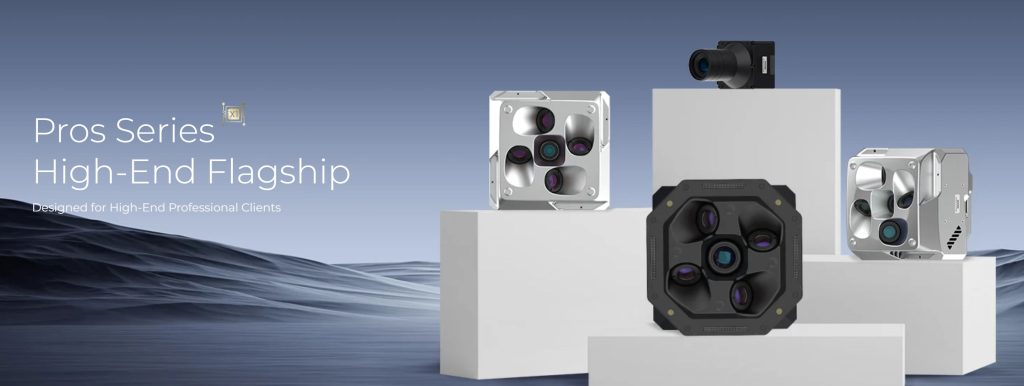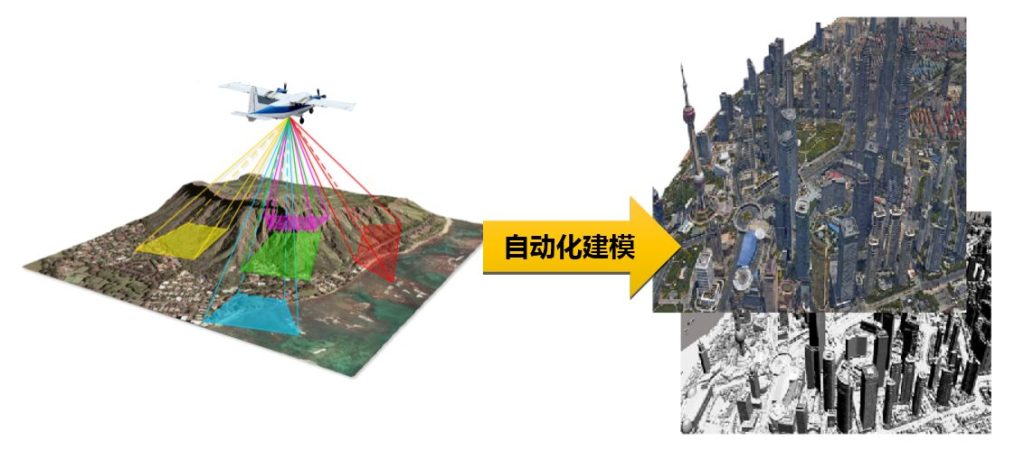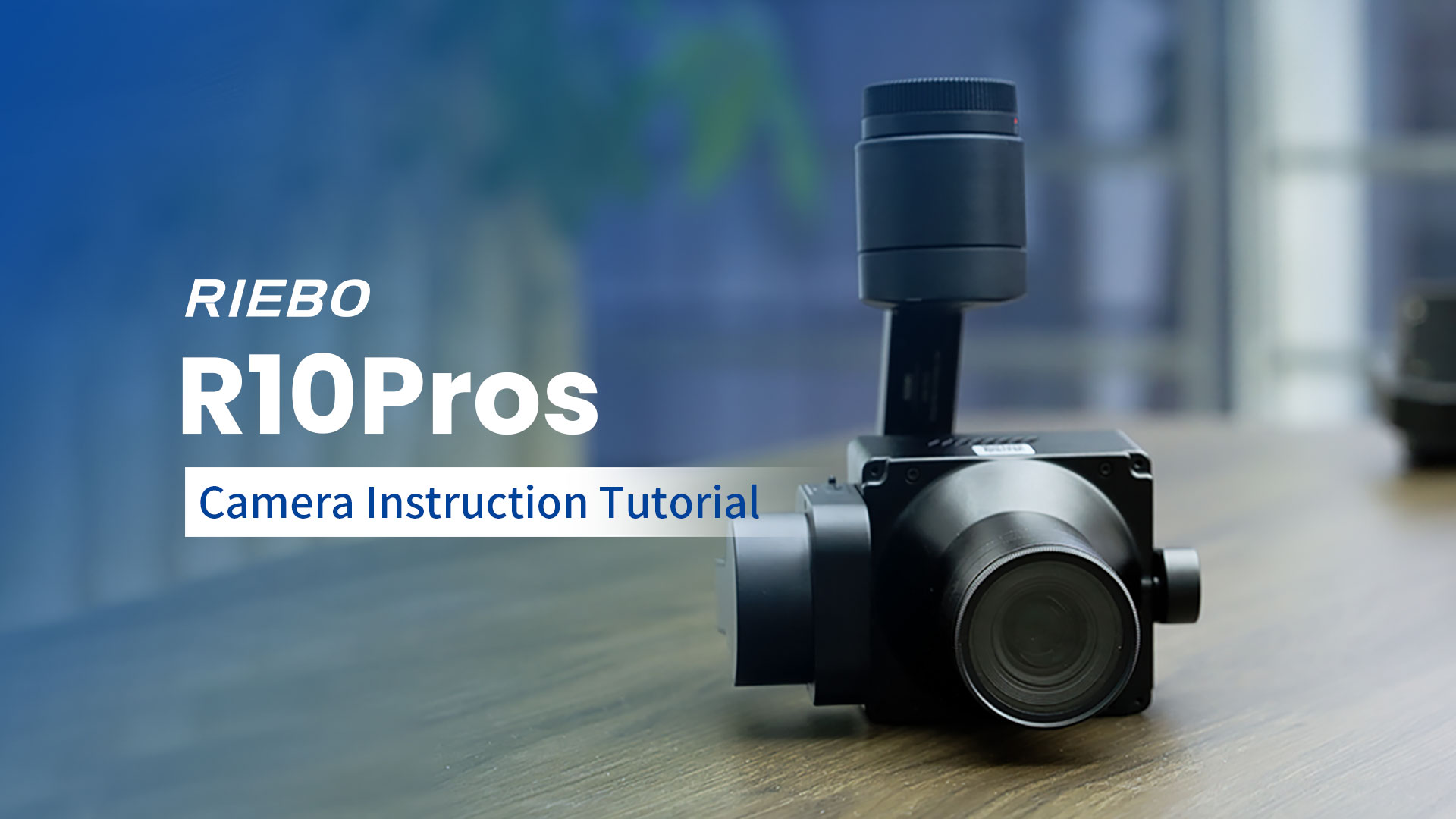1. Principle of Oblique Photography
Imagine looking straight down at a tree from high up in the sky. When your line of sight is perpendicular to the tree's crown, all you can see is the spread-out shape of the crown itself. The thickness of the trunk, the way the branches stretch outwards, and all those side details are completely hidden from view. But if you just shift your gaze slightly away from that vertical angle and look at it from an oblique angle above, you can clearly make out every detail: how the trunk supports the crown, which directions the branches extend in, and even the texture on the tree's bark.
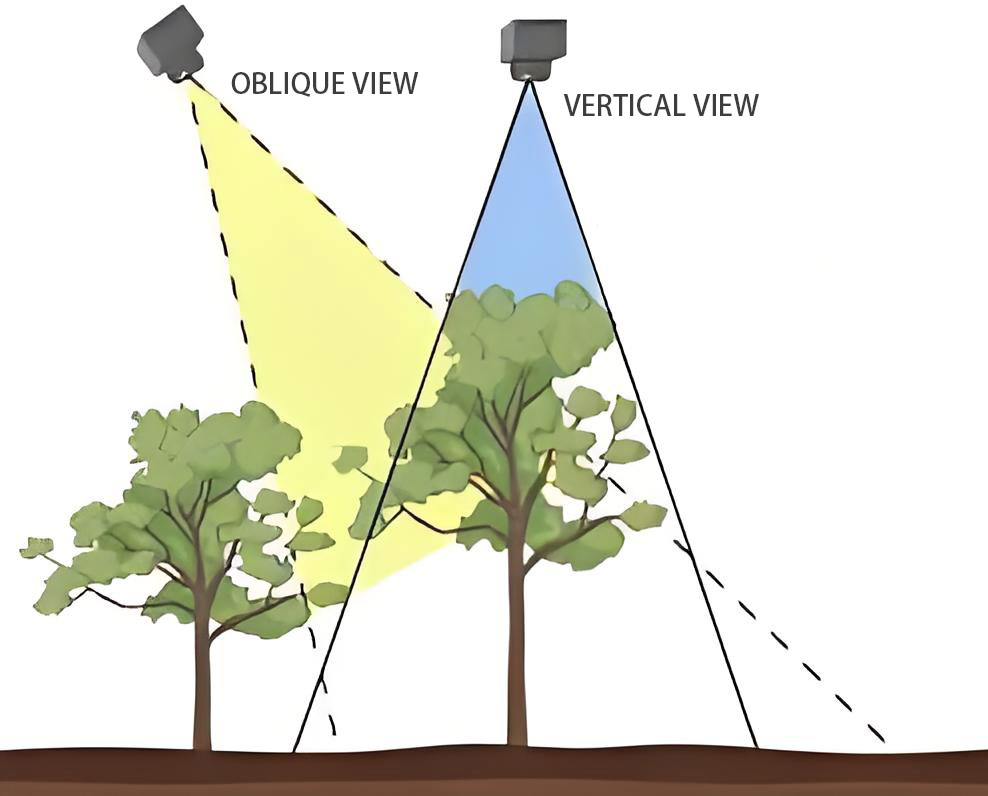
Oblique photography works similarly: instead of just capturing vertical images from above like traditional aerial photography, it uses five cameras to capture images from five directions—one vertical and four tilted forward, backward, left, and right. These multi-angle views allow detailed, three-dimensional reconstruction of objects and buildings.
To capture all angles, the drone flies along pre-planned flight paths. As it moves, the five lenses capture overlapping images of each target from different perspectives, ensuring complete spatial coverage.
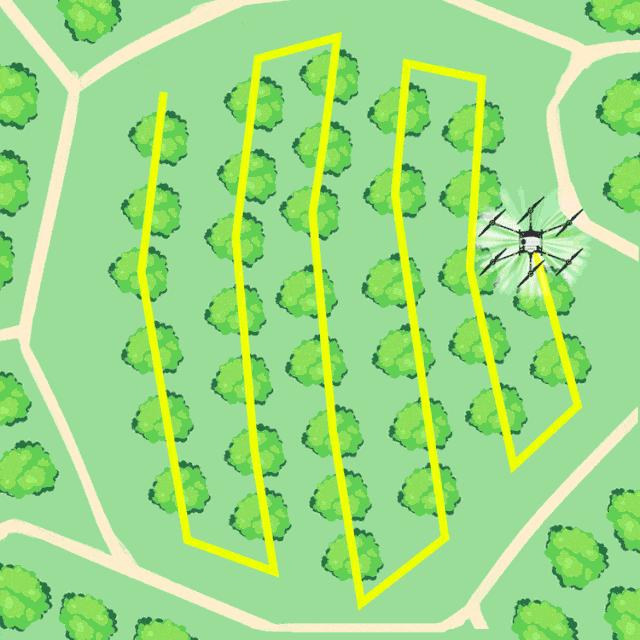
2. Why It's Called “Oblique” Photography
The term “oblique” refers to the angled orientation of the cameras. Unlike traditional vertical cameras, oblique systems tilt the optical axis (usually 30–60°) to capture building facades, rooftops, and other features in a human-eye-like view. Most modern systems use a five-lens configuration: one vertical and four oblique lenses. This setup—used by RIEBO and others—distinguishes oblique cameras from traditional single-lens systems.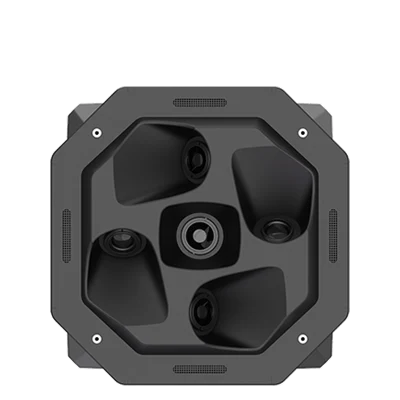
During operation, the vertical lens captures top-down images, while the oblique lenses focus on façades and vertical surfaces. With synchronized shooting along flight paths, the system delivers rich, accurate data from both vertical and angled perspectives.
3. Value of Oblique Photography
The core value lies in generating realistic 3D models using high-overlap, multi-angle images. Specialized software (e.g., ContextCapture, Pix4D, Metashape) processes these images using computer vision techniques like Structure-from-Motion (SfM) and Multi-View Stereo (MVS). The result is a highly detailed, textured 3D model that can be georeferenced with centimeter-level accuracy—ideal for measurements and analysis.
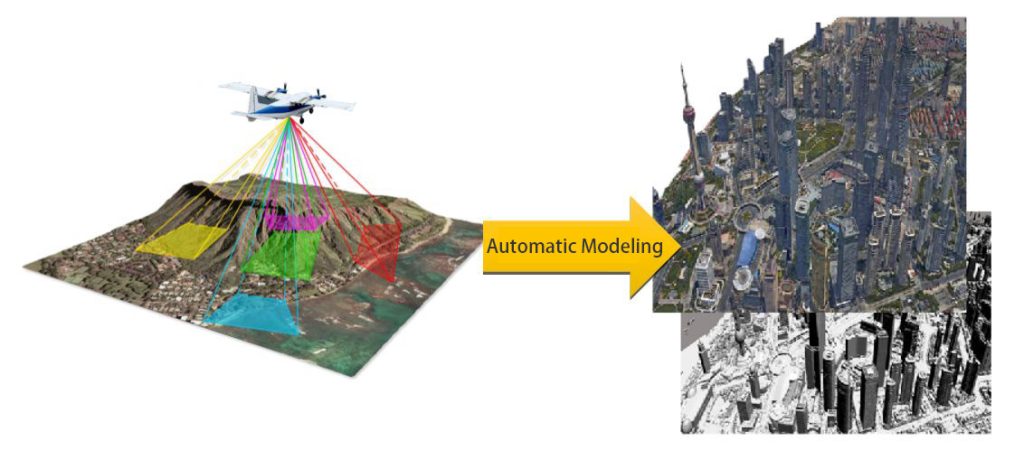
4. Key Advantages
-
Efficient & Scalable: Large areas can be captured in one flight.
-
High Fidelity: Real textures from photos ensure realism and fine detail.
-
Full Geometry: Both rooftops and façades are captured, unlike vertical imagery alone.
-
Accurate & Measurable: Models support precise measurement of height, distance, area, volume, and more.
-
Highly Automated: From image processing to model output.
5. Main Application Areas
Oblique photography is widely used in:
-
Smart cities: 3D basemaps, planning, public safety, digital twins.
-
Surveying & GIS: DSM/DOM production, geographic data updates.
-
Construction & BIM: Planning, volume calculation, progress tracking.
-
Disaster response: Rapid terrain modeling for damage assessment and planning.
-
Property management: 3D cadastre, land registration.
-
Cultural heritage: Digitization and restoration of historic sites.
-
Utilities & Power: 3D modeling of transmission corridors, clearance analysis.
-
Forestry & agriculture: Resource surveys, yield estimation, pest monitoring.
-
Entertainment & real estate: 3D scenes for games, virtual tours, real estate visualization.
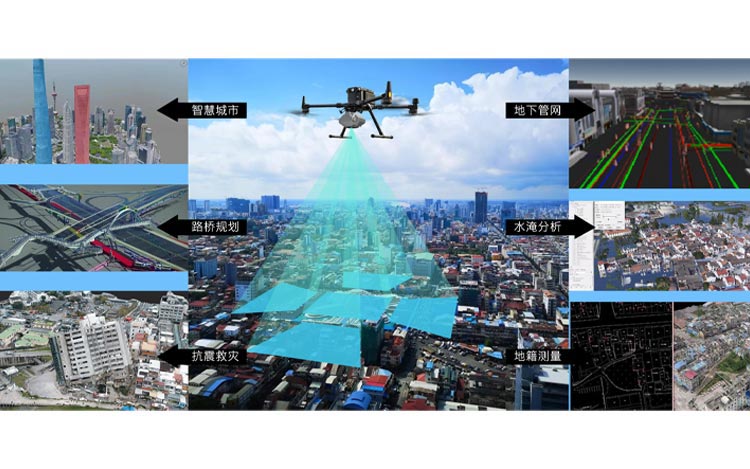
6. Conclusion
Oblique photography revolutionizes how we capture 3D geospatial data from the air. With its efficiency, realism, and accuracy, it supports a wide range of applications across industries—making it a key enabler in modern spatial information technology.
